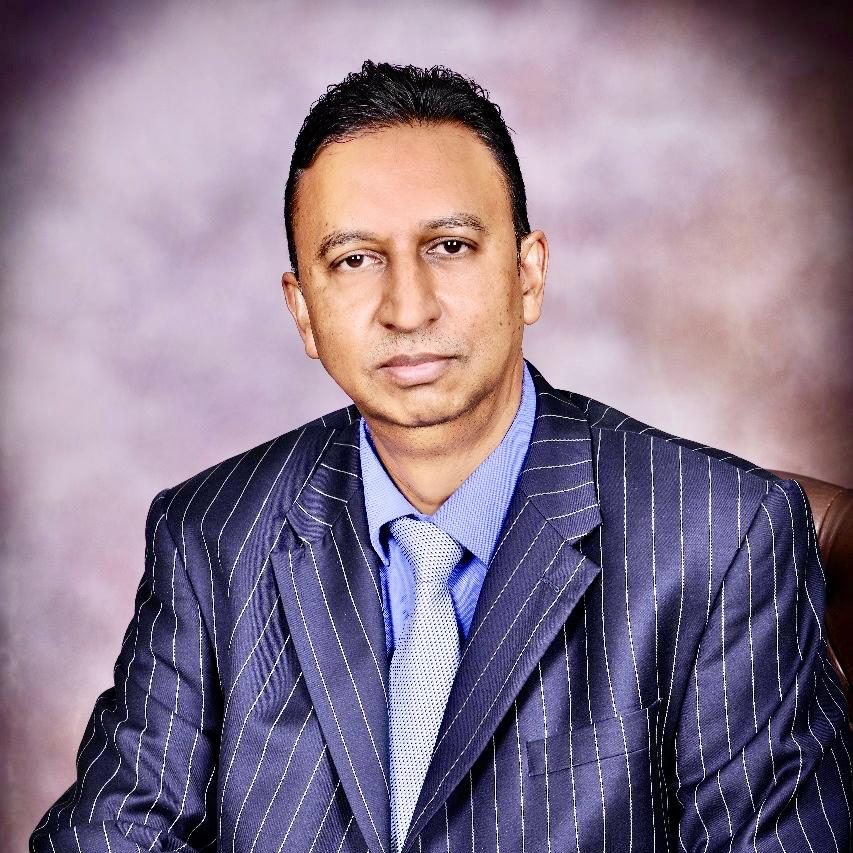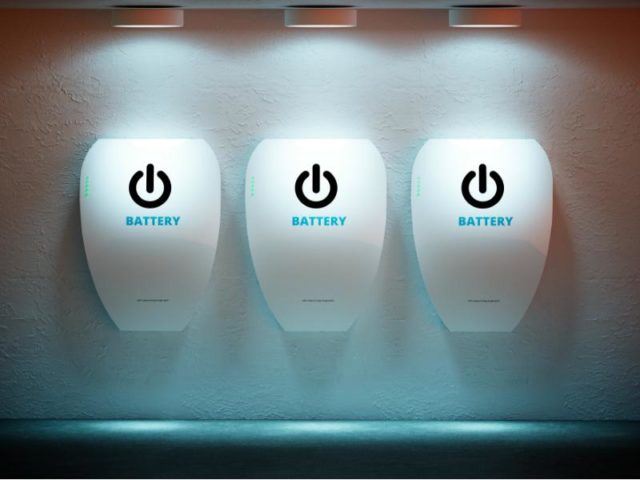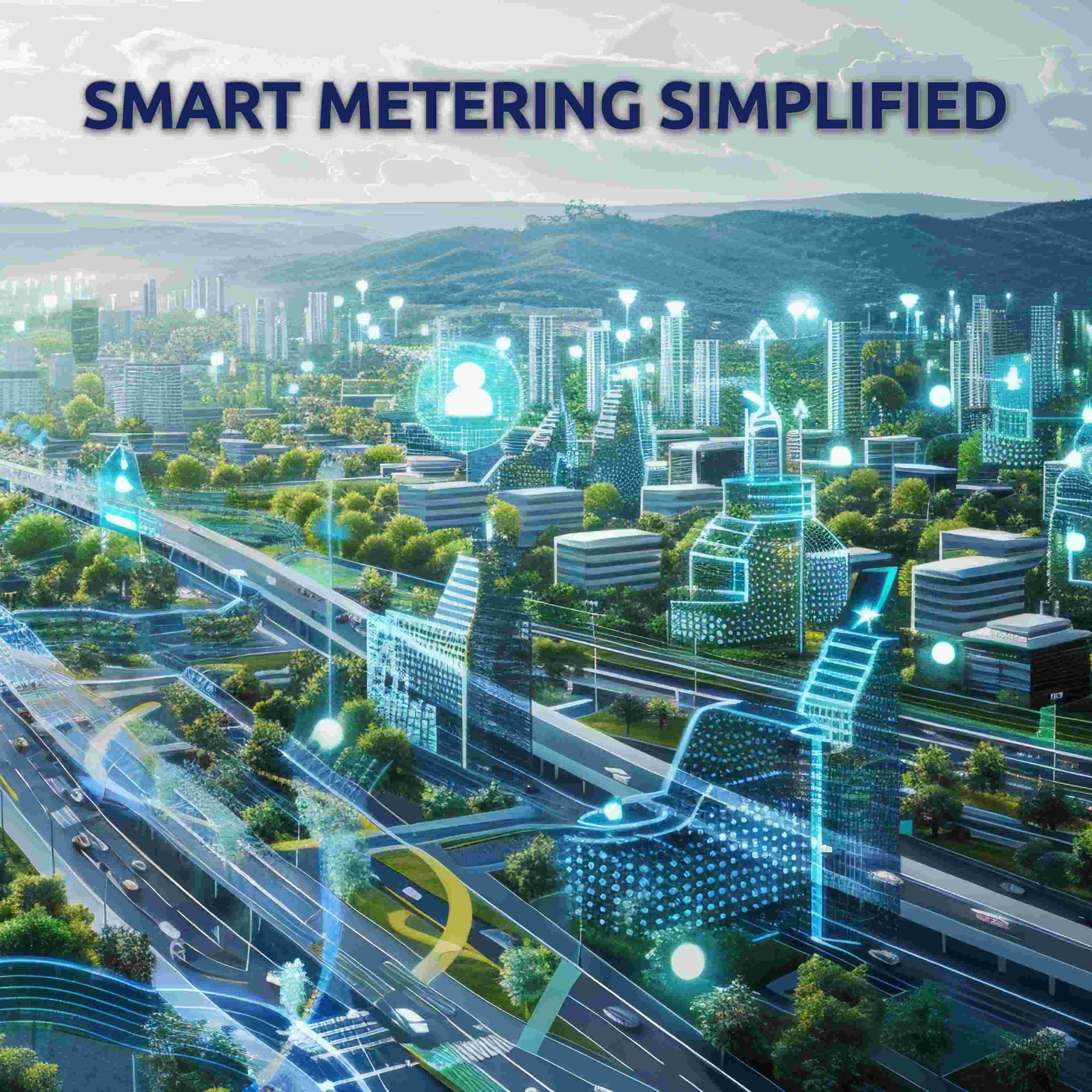Power and energy expert, Prof Vally Padayachee spoke to ESI Africa about the difference between loadshedding and a power blackout.
He elaborates specifically on why the South African electricity network more secure than that of the Iberian Peninsula which experienced a total grid collapse and a major power blackout on 28 April 2025.

Power and energy expert Prof Vally Padayachee spoke to ESI Africa about the ever-evolving challenges and opportunities within South Africa's electricity energy sector, with...

The future success of renewable energy and electric vehicles for both consumer markets and utility-scale markets is going to depend largely on the ability...

For decades, Standard Transfer Specification (STS) has been the trusted standard for prepayment, and now it is evolving to power modern smart metering. What...